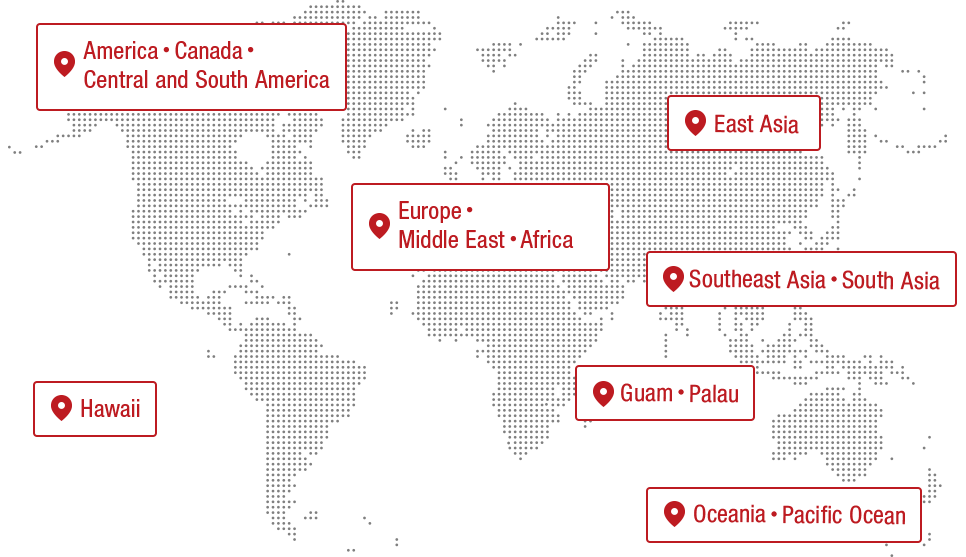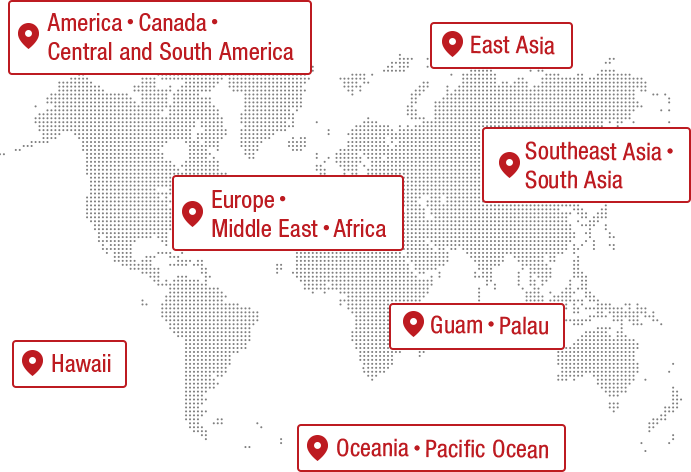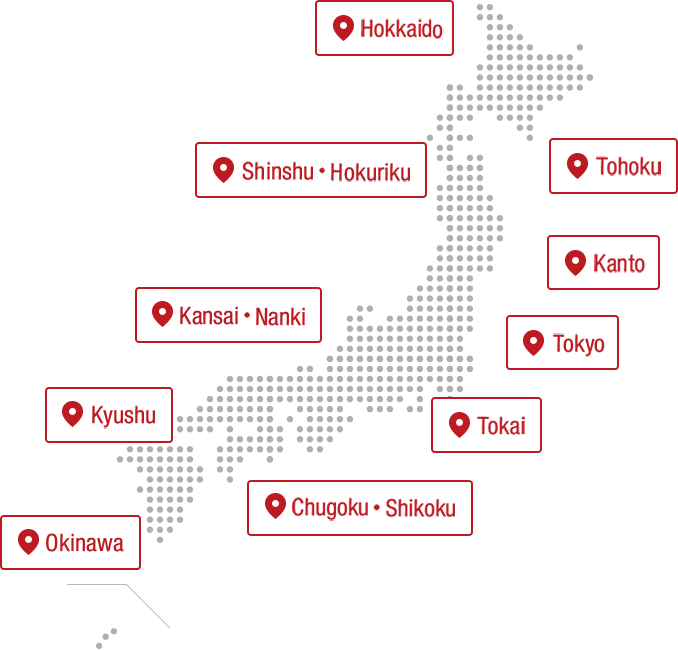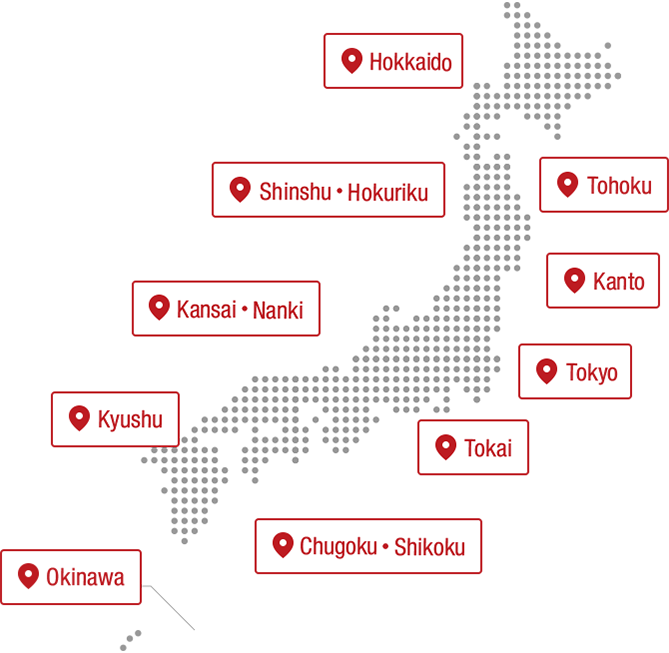Text and photos by Aya Nakajima. Interview assistance by Yamagata Nagaya Sakaba.
Imoni / Hatsumago and Makiri: Autumn delicacy representing Michinoku Yamagata

Imoni from the Murayama region
When you think of Yamagata's local cuisine, the first thing that comes to mind is "imoni" (potato stew)! So, it's a dish you definitely want to try. Yamagata is divided into four regions (from the south, "Okitama," "Murayama," "Mogami," and "Shonai" facing the Sea of Japan), and each region has its own style of imoni, such as soy sauce-based, miso-based, with beef, and with pork. This time, we will introduce you to imoni from the Murayama region, which has a sweet and spicy flavor similar to sukiyaki. Taro, beef, konnyaku, green onions, maitake mushrooms, and more are simmered in a sweet and spicy soy sauce-based broth, making this the true taste of autumn in Yamagata.

"Hatsumago/Magiri" made by Tohoku Meishu in Sakata City
If you want to pair your piping hot taro stew with something, try the local sake "Hatsumagoto-Magiri" made by Tohoku Meijo Brewery in Sakata City. This dry sake is made using the traditional "kimoto-zukuri" method, which invites and cultivates lactic acid bacteria from the air, and is characterized by the soft sweetness and sharpness of the rice itself. The taste is the result of advanced techniques and many years of experience. It is said that there are currently few breweries that use this method. It is an exquisite combination that stands up to the strong flavor of the taro stew, but does not get in the way.
Dashi tofu / Uyo Otokoyama: As long as you have dashi, you won't get tired in the summer. Home cooking for the hot summer

Dashi tofu
"Dashi tofu" originated in the Murayama region. "Dashi" is a simple dish that involves finely chopping summer vegetables such as cucumber, eggplant, myoga, and shiso leaves and mixing them with soy sauce, and is a popular home-cooked dish. The key to making it sticky is adding natto kelp. It can be enjoyed in a variety of ways, such as eating it on rice or on tofu for a hearty meal. It is a reliable ally that helps to relieve summer fatigue in the harsh heat of Yamagata.

"Uyo Otokoyama" made by Otokoyama Sake Brewery in Yamagata City
The perfect pairing for "dashi tofu" is the "Uyo Otokoyama" Yamahai Junmai Ginjo sake produced by Otokoyama Sake Brewery in Yamagata City. Founded in 1794, the brewery has a history of over 200 years. This powerful sake uses the underground water from the Zao mountain range to bring out the unique flavor of the rice. Experience the delicious harmony between the aroma of summer vegetables and the flavor of the sake.
Cold Meat Soba / Tonoketsu Otsuzumizake: "Tsuttai" Yamagata soba with a refreshing chicken flavor

Cold Meat Soba
If you want to try a slightly different style of soba in Yamagata, a soba-producing region, try "chilled meat soba." It is a local dish that originated in Kahoku-cho and is sometimes called "tsuttai niku soba" in the local dialect. The soup stock is served at room temperature, and Yamagata residents eat "chilled meat soba" all year round, including in winter. The meat is actually a rich, flavorful chicken. After the soup is made, it is sliced and placed on top of the soup. It has a chewy texture, and the flavor oozes out between your teeth, making it addictive.

"Torana/Otsuzumi Sake" made by Fuji Sake Brewery in Tsuruoka City
The "Cold Meat Soba" can be eaten easily as a snack and goes perfectly with sake. We selected "Torana Otsuzumi Sake" made by Fuji Sake Brewery in Tsuruoka City. Founded in 1778, this sake brewery has ties to the military commander Kato Kiyomasa. This pure rice sake is made from Yamagata's "Tsuyahime" rice and is characterized by a gorgeous, fruity aroma. It has no peculiar taste and is the perfect drink for sake beginners. It's easy to drink, so be careful not to drink too much.
Dadacha beans / Shuho, Dewa no Sato: A taste of summer in Yamagata with a unique sweetness and flavor that will become an addictive taste

Dadacha beans
Dadacha beans are also known as the "phantom edamame." They are a type of edamame, but they have about three times the flavor and sweetness of normal soybeans, and once you've tasted their richness, you'll never go back to regular edamame! They are a speciality of the Shonai region, and have been a Yamagata summer flavor since the Edo period. By the way, "dadacha" means "father" or "old man" in the Shonai dialect. One theory behind the name is that a bean-loving feudal lord was amazed by their deliciousness and asked, "Which Dadacha beans were made by this Dadacha?"

"Shuho Dewa no Sato" made by Shuho Sake Brewery in Yamagata City
The "Dadacha beans" have a unique, strong sweetness and go well with beer and sake. The perfect pairing is "Shuho Dewa no Sato" sake made by Shuho Sake Brewery in Yamagata City. The raw material is "Dewa no Sato" rice, which is suitable for sake brewing. The richness and soft sweetness of the undiluted sake blends well with the sweetness of the "Dadacha beans." The lingering flavor of the rice makes this a sake you'll want to savor slowly.
As mentioned above, Yamagata Prefecture is roughly divided into four regions (Murayama, Mogami, Okitama, and Shonai). Just as the dish Imoni has different characteristics, each region has its own unique specialty products and food culture, which is what makes Yamagata so interesting. This time, we have focused on the local cuisine of the Murayama region, but there are many more unique and delicious local dishes, such as seafood dishes in the Shonai region and preserved foods in the Okitama and Mogami regions. When it comes to sake, there are 54 sake breweries in the prefecture, each with a wide variety of brands, so there is no end to the fun. Visit each season and enjoy the seasonal flavors.
| Yamagata Nagaya Sakaba | ||
|---|---|---|
| business hours | : | 17:00~24:00 |
| Closed Day | : | Open daily |
| address | : | Yamagata 1st Building 1F, 1-8-8 Kasumicho, Yamagata City, Yamagata Prefecture |
| web | : | http://marutomisuisan.jpn.com/nagaya-yamagata/ |
Aya Nakajima
Born in Gifu Prefecture, he moved to Yamagata in the fall of 2016 and is currently working as an editor and writer.
■ Related articles in Yamagata
JAL Tohoku/Hokuriku Tour
*Some content was updated on September 17, 2019.
The contents published are accurate at the time of publication and are subject to change.












